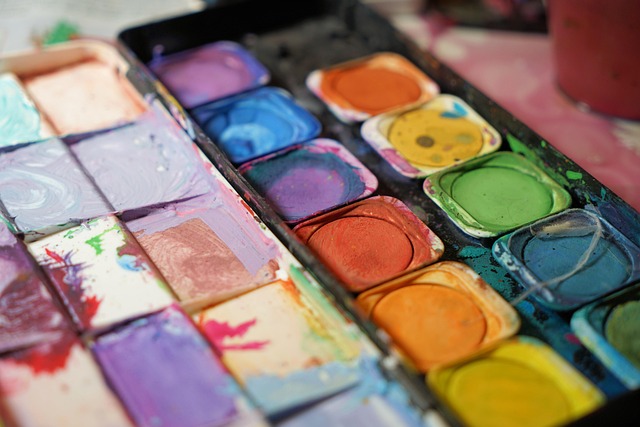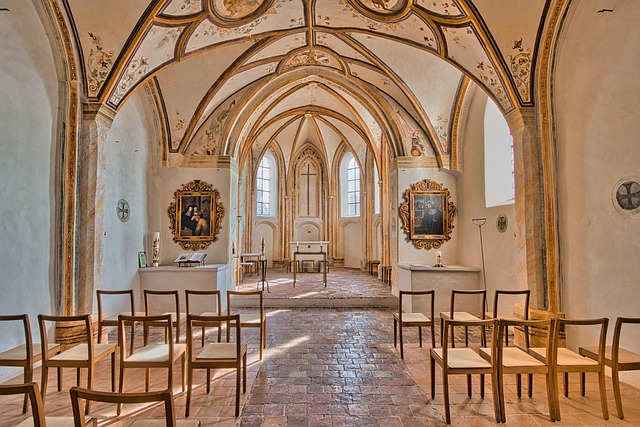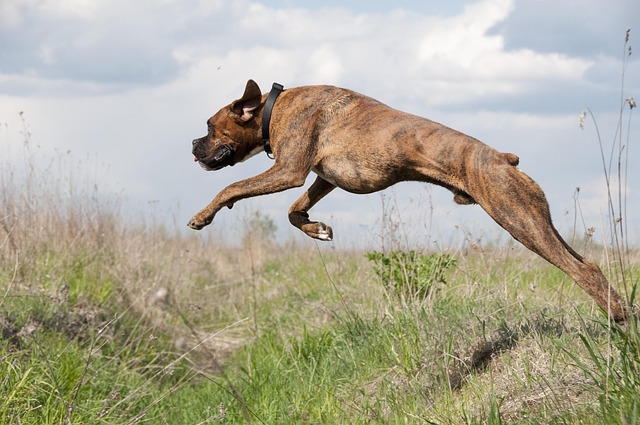
“Mastering the Art of Charcoal Drawing: A Guide for Aspiring Painters”
Mastering the Art of Charcoal Drawing: A Guide for Aspiring Painters
If you’ve ever found yourself captivated by the deep contrasts and rich textures of charcoal drawing, you’re not alone. This timeless medium offers a unique blend of simplicity and depth, allowing artists to express their emotions and creativity in a raw and powerful way. Whether you’re just starting out or looking to hone your skills, this guide will provide essential tips and insights into the mesmerizing world of charcoal drawing.
Understanding Charcoal Drawing
Charcoal drawing is not only about making marks on paper; it’s about bringing your imagination to life. The velvety texture of charcoal, with its ability to create both delicate lines and bold strokes, invites artists to explore a range of expressions. The beauty of this medium lies in its versatility; charcoal can produce stunningly realistic portraits, abstract compositions, or even whimsical sketches. As you dive into the world of charcoal drawing, you will discover its capacity to convey complex emotions through its stark contrasts and fluid movements.
Essential Tools for Charcoal Drawing
To embark on your charcoal drawing journey, you’ll need some essential tools:
- Charcoal Sticks: These come in various hardness levels, from soft to hard. Soft charcoal is great for deep darks and smooth gradients, while hard charcoal is perfect for fine lines.
- Charcoal Pencils: Ideal for detailed work, charcoal pencils allow for precision and control.
- Blending Stumps: Useful for smoothing out lines and creating gradients, blending stumps help achieve that signature charcoal look.
- Paper: Choosing the right paper is crucial. A textured surface, like drawing paper or even canvas, will hold the charcoal better and enhance the artistic effects.
- Erasers: A kneaded eraser can be your best friend, enabling you to correct mistakes and create highlights.
Techniques to Explore
Once you’ve gathered your materials, it’s time to explore some techniques:
1. Hatching and Cross-Hatching
These techniques involve creating lines that can add depth and texture to your drawings. Hatching consists of parallel lines, while cross-hatching uses intersecting lines to build shadow and dimension.
2. Blending
Use your fingers or blending stumps to smooth out your charcoal marks. Blending can create soft transitions and is especially effective for skin tones in portraiture.
3. Lifting Off
The beauty of charcoal is that it can be erased or lifted off to create highlights. Use a kneaded eraser to pick up charcoal in certain areas, allowing light to play across your composition.
Finding Your Inspiration
Like any form of art, inspiration is a key component of charcoal drawing. Look for inspiration in the world around you; nature, human figures, and even objects in your everyday life can spark creativity. Consider visiting art galleries or observing classic charcoal pieces to understand how master artists used this medium to convey emotion and storytelling.
Tips for Aspiring Charcoal Artists
- Practice Regularly: The more you draw, the more your skills will develop. Set aside time each week to create, no matter how small.
- Experiment with Styles: Don’t be afraid to step outside the traditional boundaries. Try combining charcoal with other mediums like watercolor or pastel.
- Seek Feedback: Sharing your work with others can provide valuable insights and encouragement. Join local workshops or online forums to connect with fellow artists.
Embrace the journey of mastering charcoal drawing. Each line you create is a step towards refining your artistic voice and discovering new depths within this beautiful medium. In this dance between light and shadow, you’ll not only develop technical skills but also unveil a part of your creative spirit. So grab your charcoal and let the magic of drawing unfold!

